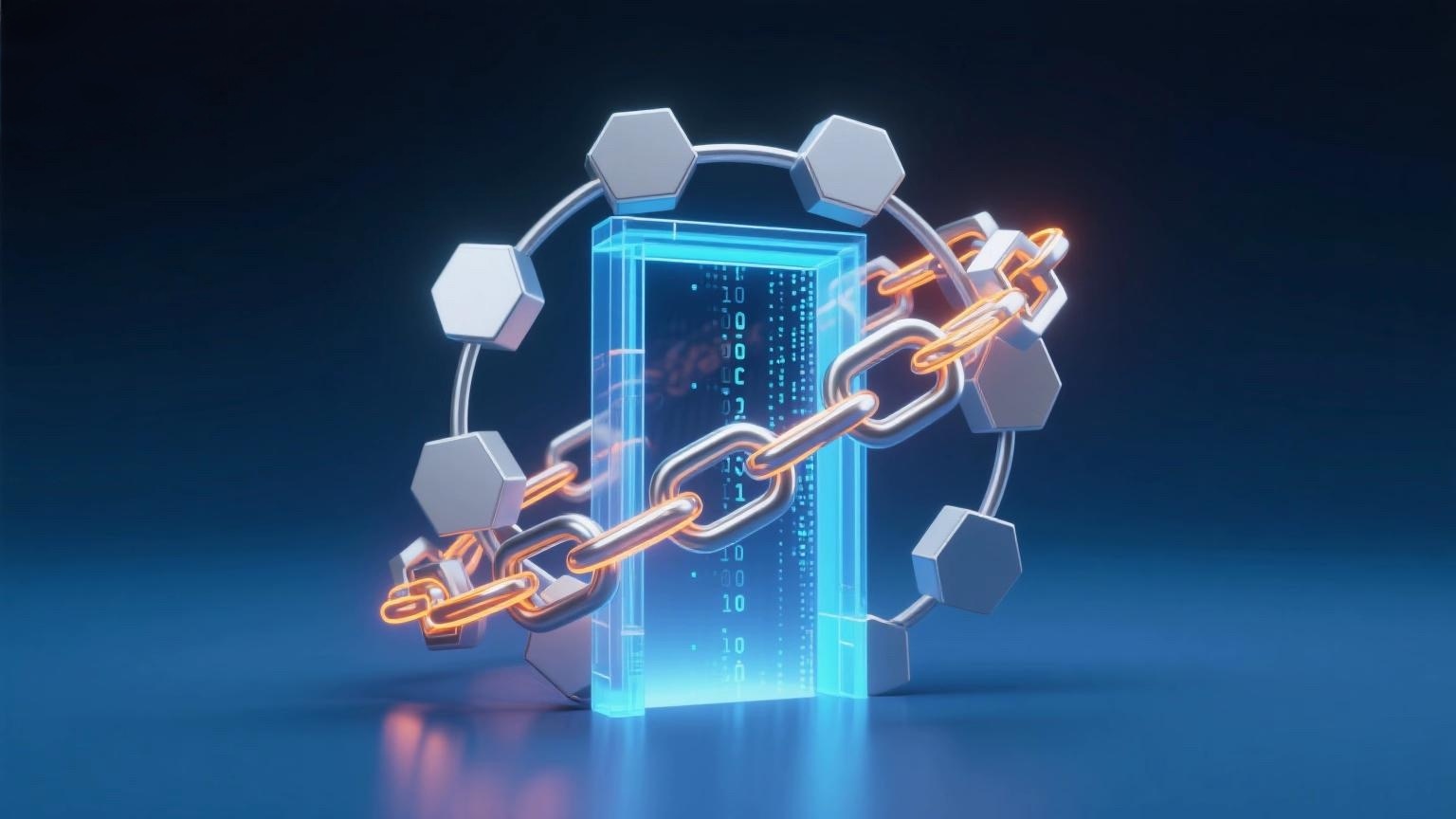
The emergence of blockchain ensures that the circulation of virtual assets can exist independently in a decentralized manner, with rules guaranteed to be fair and transparent through open-source code. The advent of smart contracts and DeFi has mapped real-world financial behaviors into the digital world.
Virtual Assets and Virtual Identity
Users’ virtual assets and virtual identities in traditional internet platforms face the following issues, which hinder the arrival and development of the metaverse:
(1) The interpretation rights of virtual assets in traditional internet platforms often lie with the platform institutions, and their asset attributes are unclear.
(2) The economic system of the virtual world relies entirely on the operational capabilities of the operators, making it difficult to achieve self-adjusting balance.
(3) Users’ identity information and derived data are entirely controlled by platform institutions, lacking privacy.
Blockchain, through decentralized rights recording, ensures that users’ virtual asset rights are not controlled by a single institution. This method of rights recording makes virtual assets resemble real-world physical assets, allowing users to freely dispose, circulate, and trade them without restrictions from centralized institutions.
The mature DeFi ecosystem developed by blockchain can provide the metaverse with a complete and efficient financial system. From aspects such as collateralized lending, securitization, and insurance of virtual assets, it offers users low-cost, low-barrier, and high-efficiency financial services. Users’ virtual assets, like real-world assets, can access financial services, further strengthening the asset attributes of virtual items. Through stable virtual property rights and a rich financial ecosystem, the metaverse’s economic system will possess regulatory functions similar to the real world, and the virtual value created by users’ labor will be determined by the market.
Traditional virtual assets struggle to circulate across platforms, but blockchain can reduce the difficulty of cross-platform movement for virtual assets. Traditional virtual assets, including in-game assets, are recorded in the databases of operating institutions. Cross-platform transfers of virtual assets require mutual trust among multiple parties, resulting in high costs and difficulty in implementation. By using NFTs to record ownership information of virtual assets and conducting peer-to-peer NFT transactions on a decentralized blockchain network, these projects inherently leverage blockchain platforms for asset clearing and settlement, reducing trust risks and improving settlement efficiency.
Blockchain technology has finally found a technical breakthrough for users to control their own identity data. The W3C has proposed the concept of decentralized digital identity (DID) based on blockchain. Decentralized digital identity has the following characteristics:
-
Security: Identity owners’ information is not unintentionally leaked, identities can be persistently stored by the holders, and identity information disclosure adheres to the principle of minimal disclosure.
-
Self-sovereign control: Users can manage their identities autonomously without relying on trusted third parties; identity owners can control the sharing of their identity data.
-
Portability: Identity owners can use their identity data wherever needed without depending on specific identity service providers. Currently, organizations including the city of Zug in Switzerland are attempting to implement blockchain-based decentralized digital identity.
Based on decentralized digital identity, the role of social networking applications is to provide services rather than monopolize social data. Social connections between people occur at the data level, not the application level. This model can also effectively promote the birth of new social applications to adapt to the complex and diverse social scenarios of the metaverse.
















